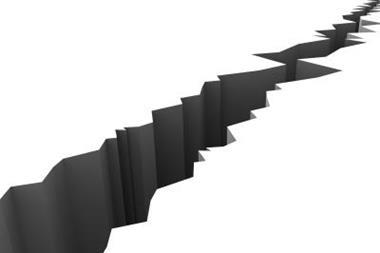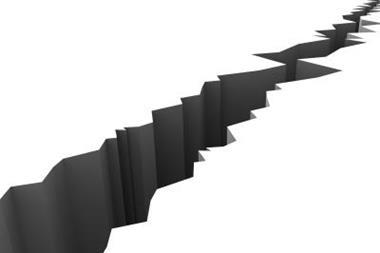Yesterday’s US quake is unlikely to cause much structural damage to buildings, according to catastrophe modelling firm AIR Worldwide.
The earthquake, the largest to strike Virginia in more than a century, rattled buildings in downtown area of the state capital Richmond and caused evacuations across the east coast of the USA.
The quake, which was measured at a magnitude of 5.8, struck in the early afternoon near Mineral, Virginia, a town with a population of about 500.
The epicenter was about 40 miles northwest of Richmond, and about 83 miles southwest of Washington, DC.
Ground shaking was felt up and down the east coast, as far north as Toronto and as far south as North Carolina.
But according to AIR, the dense rock of the central and eastern United States can spread seismic energy more efficiently and therefore over a much larger area than in the plate boundary region of the western United States.
This level of ground motion means there should be minimal structural damage to buildings, according to AIR. However, there could be more significant damage to Virginia’s historic unreinforced masonry buildings in Virginia, which are characterized by their limited ability to resist earthquake lateral loads without cracking. In addition, nonstructural damage in the form of superficial cracks in the concrete and stucco walls of engineered structures is possible.
According to AIR, the eastern United States has been the site of strong intraplate earthquakes, but they are rare compared to the west coast and do not tend to be widely felt most earthquakes due to relatively small magnitudes.
The latest tremor is the largest event to strike the area since 1897, when a magnitude 5.9 quake hit Giles County and was felt in 12 states.
Hosted by comedian and actor Tom Allen, 34 Gold, 23 Silver and 22 Bronze awards were handed out across an amazing 34 categories recognising brilliance and innovation right across the breadth of UK general insurance.














































No comments yet